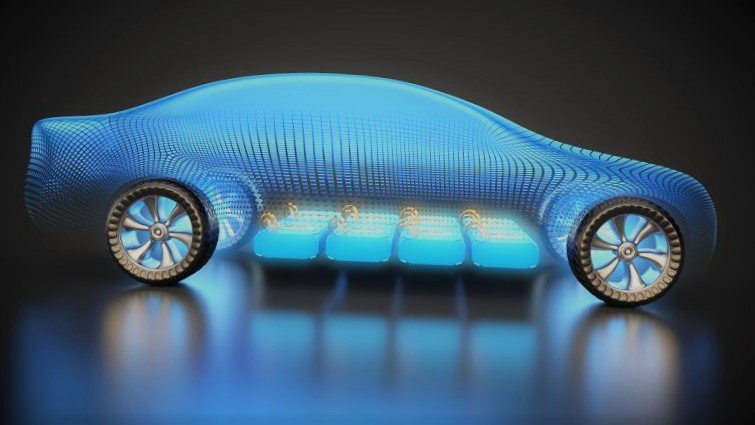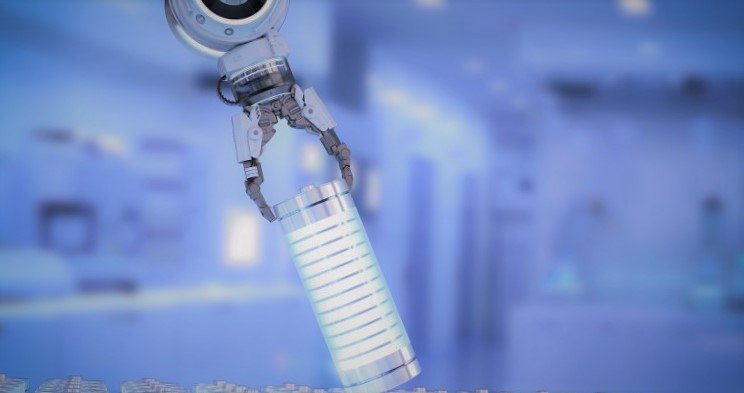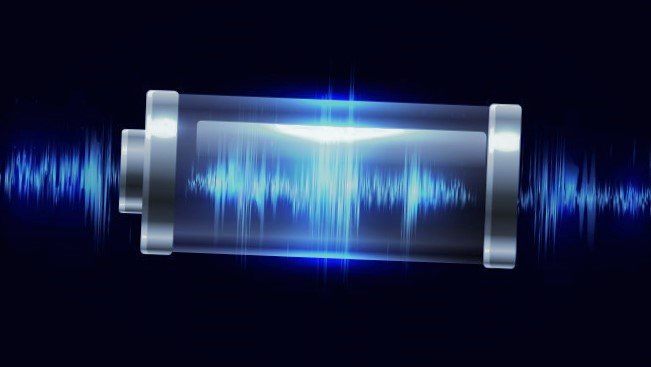Unraveling the Enigma of Battery Chemistry Innovation for the Soaring Market Demand
The Tripling Battery Market: A Call for Chemistry Innovation
In a world where the hunger for batteries is forecasted to skyrocket from $45 billion to a staggering $135 billion by 2031, trailblazing battery chemistries are imperative. The European Battery Alliance (EBA), spearheaded by EIT InnoEnergy, aims to crack the European battery conundrum by unifying stakeholders across the manufacturing spectrum. The crux of the matter: inventing alternative battery chemistries, such as sodium-ion, and refining lithium-ion (Li-ion) batteries.

Sodium-ion Batteries: A Promising Contender
Abundant sodium-ion batteries are perfect for stationary storage. While sodium lags behind lithium in energy density, it could emerge as a compelling battery chemistry for affordable, shorter-range electric vehicles (EVs). An ingenious ‘AB battery solution’ combining lithium and sodium cells could hold immense promise.
Silicon Anodes: A High-Speed Revolution
Silicon anodes are all the rage, storing enormous Li-ion quantities at breakneck speeds, facilitating charging times of under 15 minutes and ranges surpassing 500 miles. However, the industry must surmount numerous obstacles to transition from <10% silicon-graphite mixtures to potentially 100% silicon chemistries.
GDI’s Groundbreaking 100% Silicon Anode: A Leap Forward
To quench the thirst for pioneering battery technology, New York-based innovator GDI has conceived a 100% silicon anode design, boasting a 30% energy density enhancement on advanced Li-ion batteries. Sensing Europe’s blossoming market, EIT InnoEnergy is assisting GDI and other American start-ups in gaining a foothold in Europe. After a successful $13.3 million Series A funding round, GDI will inaugurate its maiden production line in the Netherlands.

Circular Economy Legislation: A Sustainable Future
In December 2022, the European Parliament unveiled new circular economy legislation outlining requirements throughout a battery’s lifespan. This legislation mandates a minimum of 6% recovered lithium in new batteries and sets ambitious targets for collecting spent batteries. To comply, reducing manufacturing waste, simplifying battery health assessment for potential reuse, and facilitating disassembly for recycling is paramount.
The Decisive Years: Europe’s Sustainable Battery Supply
The upcoming years are crucial in shaping a sustainable, homegrown European battery supply. To satisfy the mounting demands, the industry requires ample capital and cooperative opportunities.











